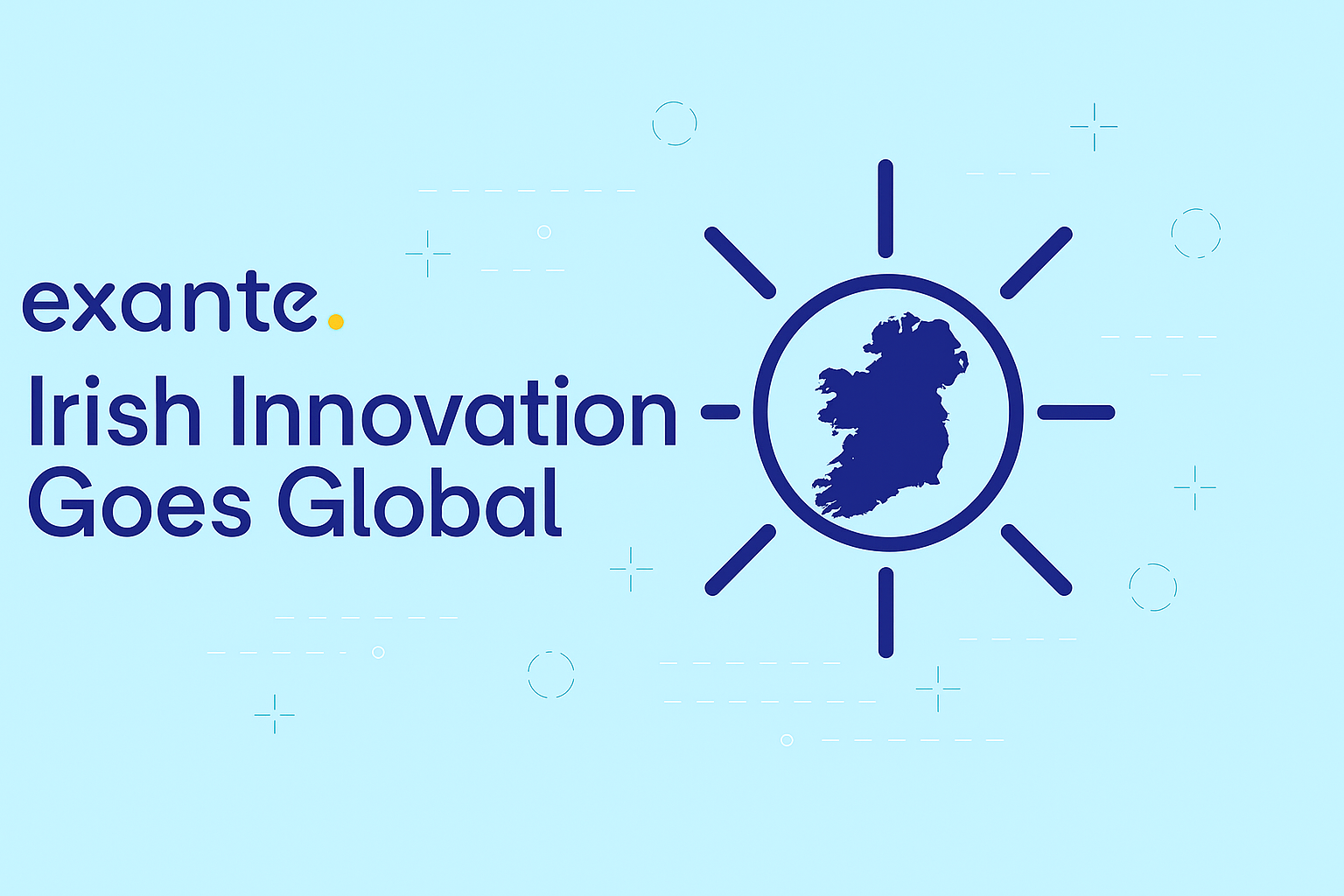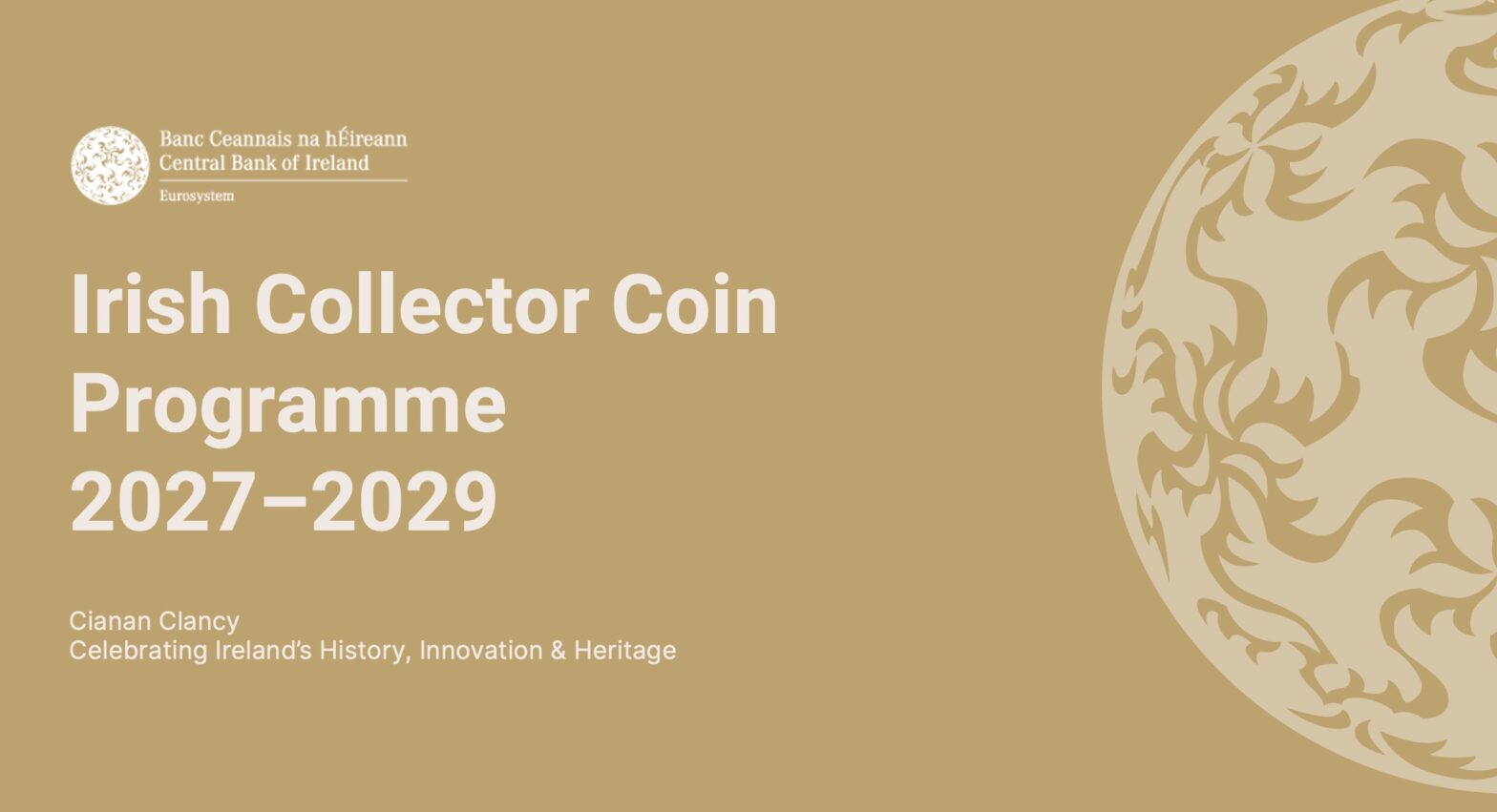Ireland’s media regulator Coimisiún na Meán has recently published its Trusted Flaggers Guide. The document helps organisations understand what they need to do when applying and after being approved as a Trusted Flagger under Article 22 of the Digital Services Act.
The European Union’s Digital Services Act (DSA) has recently come into force, marking a big shift in how digital marketplaces, platforms, and services are regulated. Officially enacted on February 17, 2024, the DSA brings in a range of rules and responsibilities to tackle different issues in the online world. Covering areas like fighting illegal content and goods, safeguarding minors, and enforcing accountability, the DSA lays out obligations for digital companies operating in the EU.
Article 22 of the DSA says online platforms must quickly handle notices from Trusted Flaggers (TFs), who are experts in their field. These notices are submitted through the notice and action systems described in Article 16 of the DSA.
Guide to Award
The guide includes an application form and divides the requirements into four main sections: General Information; Expertise; Independence; Diligence, Accuracy and Objectivity. Each section contains questions to be answered, along with guidance explaining why they are important.
Applicants must also provide documentary evidence to support the information provided in their application. It’s crucial to submit all required information accurately and promptly to avoid delays. Coimisiún na Meán may also conduct its own research to verify the information provided.
If an entity no longer meets the requirements, Coimisiún na Meán is obligated to revoke the Trusted Flagger status. The guide will be reviewed periodically.
For applications or queries, entities can contact trustedflaggerapplications@cnam.ie.
Application Instructions
The guide outlines the following application instructions:
- Complete Application: Provide accurate answers to all questions and include any required documents.
- Additional Information: Coimisiún na Meán may ask for more details or evidence.
- Declaration: Include a signed declaration confirming the accuracy of your application.
- Changes: Inform Coimisiún na Meán promptly of any updates to your application.
- Decision: Expect a response within three to four months after submitting all necessary information.
- Publication: Approved decisions will be published on Coimisiún na Meán’s website and shared with the European Commission.
- Confidential and Commercially Sensitive Information: Mark any commercially sensitive data in a separate appendix.
- Freedom of Information: Coimisiún na Meán may receive requests for records under the Freedom of Information (FOI) Act; sensitive information may be exempt.
- Personal Data: Your personal information will be protected according to data protection laws.
The Guide comes with forms and guidance for each of the application sections.
Section 1 – General Information
Section 1, General Information, of the Trusted Flaggers application form requests basic details about the applicant entity, such as its trading name, entity type, mission/purpose, and structure. It also asks about the applicant’s history with detecting and reporting illegal content online. Additionally, applicants must provide contact information and specify the duration and specific areas of illegal content they intend to monitor if awarded Trusted Flagger status.
This section aims to gather essential information to process the application efficiently, with awards typically granted for a three-year period, during which compliance with certification conditions and Article 22 obligations is mandatory.
Section 2 – Expertise and Competence
Section 2, Expertise and Competence, focuses on the applicant entity’s capabilities in detecting, identifying, and notifying illegal online content. It begins by asking about the entity’s experience in flagging expertise for specific areas of illegal content and any other relevant expertise. The section then delves into the entity’s prior experience in detecting and reporting illegal content online, including details of areas monitored and methods used.
The section also addresses the entity’s engagement with platform onboarding processes and training programs for flaggers, along with the qualifications and training required for staff involved in flagging activities. Guidance emphasises the importance of providing clear information about expertise and capabilities to determine the scope of Trusted Flagger status and ensures staff possess necessary knowledge and skills.
Section 3 – Independence
Section 3, Independence, addresses the organisational independence of the applicant entity regarding flagging activities. It begins by requesting information about the entity’s ownership structure, including shareholders or members, and any relationships with larger company group structures. Additionally, it asks about the entity’s relationship with other undertakings and its board of directors.
The section further requires details of policies, procedures, and measures demonstrating the entity’s independence from online platforms and other sources of funding. It emphasises the importance of ensuring flaggers’ independence and impartiality, including procedures for conflict of interest management and appointment criteria.
This section also delves into the entity’s funding model and any pre-existing contracts with online platforms or external sources of funding, ensuring that funding does not compromise flagging activity independence. The guidance stresses the need for transparency regarding funding sources and any potential influence on flagging activities, with Coimisiún na Meán considering information from independent sources to assess independence.
Section 4 – Trusted Flaggers: Diligent, Accurate, Objective
Section 4, Trusted Flaggers: Diligent, Accurate, Objective, focuses on demonstrating the applicant entity’s capacity to flag content consistently and effectively. It requires a comprehensive methodology for detecting, identifying, and notifying illegal content, including details of human resources, procedures, tools, and systems used or planned. Additionally, it asks for information on the sources of evidence used in flagging activities and measures to ensure accuracy and impartiality, including correction policies for mistakes.
The section also addresses triaging criteria for prioritising content and measures to ensure secure, user-friendly, and compliant procedures. Furthermore, it requests policies concerning the health, safety, and well-being of flaggers.
This section aims to understand the applicant’s flagging process and ensure diligent, accurate, and objective flagging activities in compliance with applicable laws. It emphasises the importance of transparency, reporting, and cooperation, including the ability to comply with annual reporting obligations and public disclosure of entity details.
Section 5 – Declaration
Section 5, Declaration, entails a formal affirmation of the information provided in the application. The signer confirms authorization to provide the requested information on behalf of the entity and asserts the accuracy and truthfulness of all provided information and accompanying documentation. Additionally, they pledge to promptly notify Coimisiún na Meán of any significant changes to the provided information. The section also notes Coimisiún na Meán’s commitment to compliance with data protection laws and regulations, ensuring the security and privacy of applicant data.
Appendixes
The Trusted Flaggers Guide also comes with three appendixes.
Appendix 1, Documentary Evidence, provides a detailed checklist of required documentation to support the application process for Trusted Flaggers.
Appendix 2, Who is Eligible to Be a Trusted Flagger, provides eligibility criteria for entities seeking Trusted Flagger status, as outlined in Recital 61 of the DSA. Eligible entities must demonstrate expertise and competence in addressing illegal content while operating diligently, accurately, and objectively.
Appendix 3, List of Areas of Illegal Content, provides a comprehensive list of areas of illegal content developed by a subgroup of Digital Services Coordinators in consultation with the European Commission. The list is not extensive and serves as a guide for harmonising approaches to implementing the DSA across Member States. It highlights potential areas of expertise for applicant bodies.






